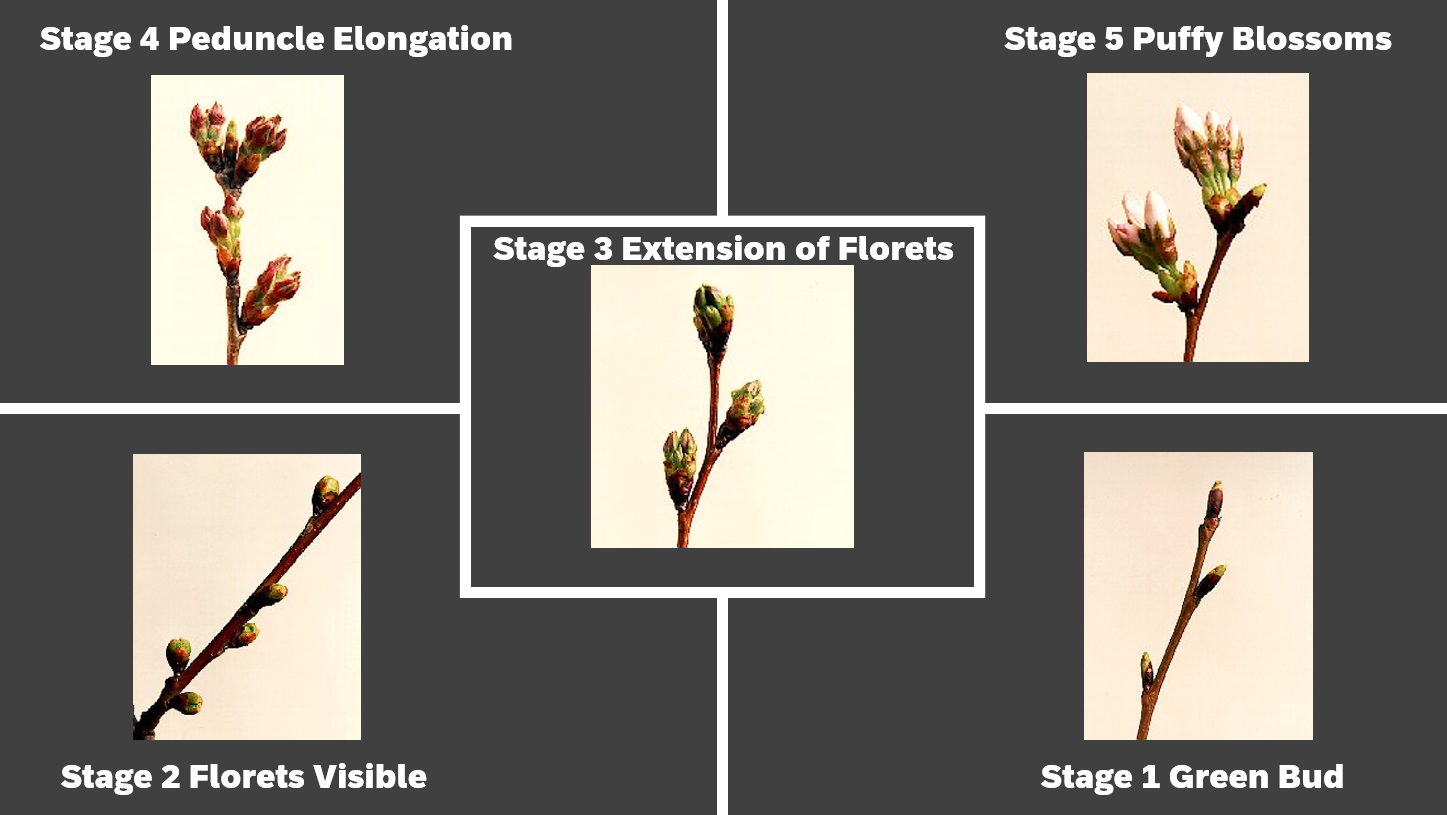Wine Tasting
페이지 정보
작성자 Yvette 작성일25-01-01 08:06 조회13회 댓글0건관련링크
본문
Wine Tasting
What are the processing steps of wine?
Wine production includes several key processing steps that transform grapes into the final product. Understanding these steps can improve your appreciation throughout wine tasting.
1. Harvesting
The first step in winemaking is the harvesting of grapes. This may be done both by hand or with machines, relying on the vineyard's practices and the quality of wine desired.
2. Crushing
After harvesting, grapes are crushed to release their juice. This is often accomplished with a mechanical crusher or by foot stomping in conventional methods. Crushing can even separate the stems from the fruit.
3. Fermentation
The extracted juice then undergoes fermentation, where yeast converts sugars into alcohol and carbon dioxide. This course of can take a number of days to weeks and is essential for creating the wine’s flavor profile.
4. Pressing
For white wines, after fermentation, the mixture is pressed to separate the juice from the solids, including skins and seeds. In purple wine manufacturing, urgent might occur earlier than fermentation, allowing the juice to ferment with the skins for color and tannin extraction.
5. Aging
Once fermentation is complete, the wine could additionally be aged in barrels or tanks to develop its flavors and traits. Aging can last from a quantity of months to a quantity of years, depending on the type of wine being produced.
6. Clarification
After growing older, 오피 the wine is clarified to remove any remaining solids. This can contain processes like filtration and fining, helping to realize a transparent and stable final product.
7. Bottling
Finally, the wine is bottled. Before bottling, it might endure further treatments, together with mixing with other wines for taste consistency. The bottles are then sealed and labeled, ready for distribution.
These steps in winemaking contribute to the distinct flavors and aromas you encounter during wine tasting. Each phase is crucial in shaping the wine's final character.
What are the steps of wine tasting?
1. Look: Observe the wine's color and readability. Tilt the glass slightly towards a white background to assess the depth of colour, which can indicate age and grape variety.
2. Swirl: Gently swirl the wine within the glass to aerate it. This helps release the wine's aromas, making it easier to research its scent.
3. Smell: Bring the glass to your nose and take a deep sniff. Try to determine numerous aromas, similar to fruits, spices, or different traits. This step is crucial for experiencing the wine's profile.
4. Taste: Take a small sip and let it roll round your mouth. Pay consideration to the flavors, acidity, sweetness, and tannins. Consider the wine's texture and how it feels in your palate.
5. Savor: After swallowing, reflect on the end and aftertaste of the wine. Note how long the flavors linger and if there are any completely different tastes that emerge after swallowing.
6. Evaluate: Consider the overall stability, complexity, and quality of the wine. Use your insights from the earlier steps to kind a conclusion about its characteristics.
What is the which means of wine tasting?
Wine tasting is the systematic means of evaluating and experiencing wine via its appearance, aroma, and flavor. It entails a sensory examination that permits individuals to discern the various elements that contribute to a wine's character.

Key Components of Wine Tasting
Appearance: The first step in wine tasting is to watch the wine's colour and clarity. This can present insights into the age, grape variety, and winemaking process.
Aroma: Smelling the wine is essential for figuring out its bouquet and fragrances. This helps tasters acknowledge varied fragrant compounds and flavors, corresponding to fruits, spices, and earthy notes.
Flavor: The precise style of the wine is experienced on the palate. Tasters assess sweetness, acidity, tannins, and body, which all contribute to the overall flavor profile.
Objectives of Wine Tasting
The primary objectives of wine tasting include:
- Evaluating the standard and traits of various wines.
- Enhancing one's information and appreciation of wine.
- Identifying personal preferences in flavors and kinds.
Overall, wine tasting serves both a leisure and educational function, allowing fanatics to have interaction deeply with the world of wine.
Warning: Use of undefined constant php - assumed 'php' (this will throw an Error in a future version of PHP) in /data/www/kacu.hbni.co.kr/dev/skin/board/basic/view.skin.php on line 152
댓글목록
등록된 댓글이 없습니다.

